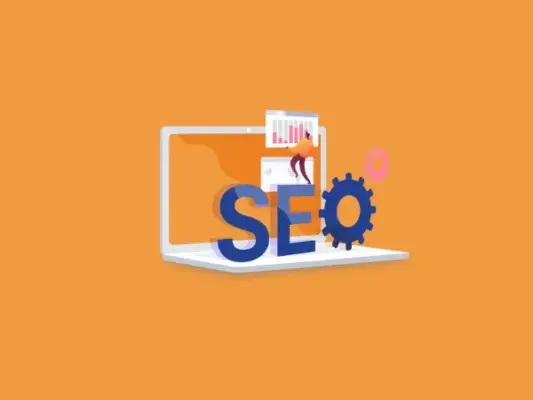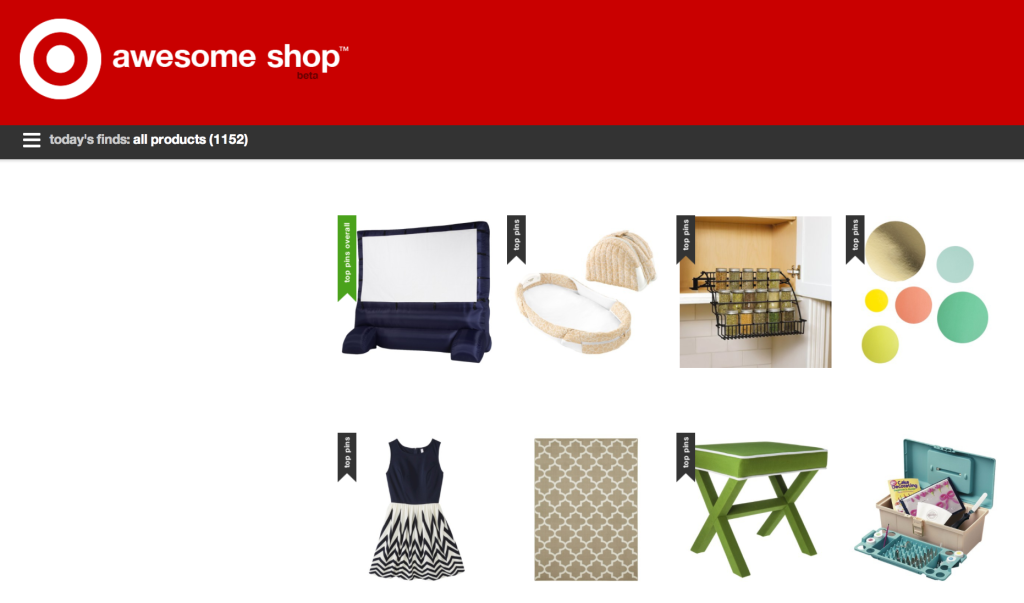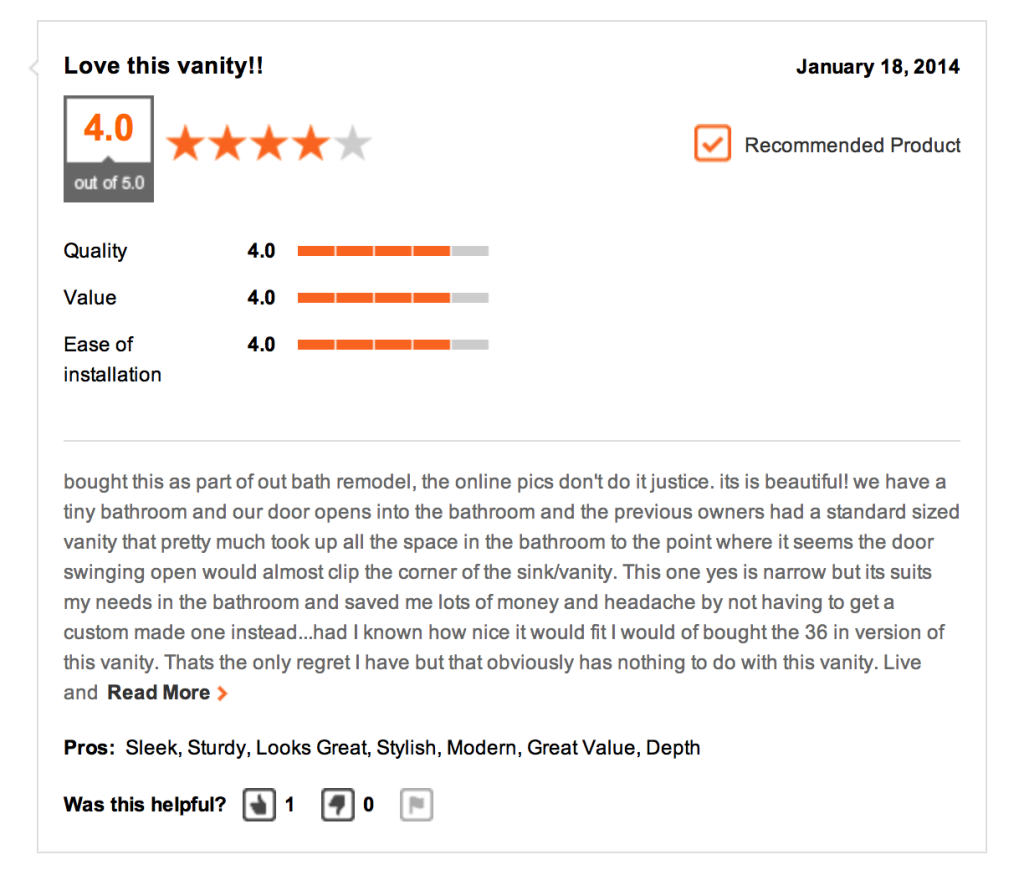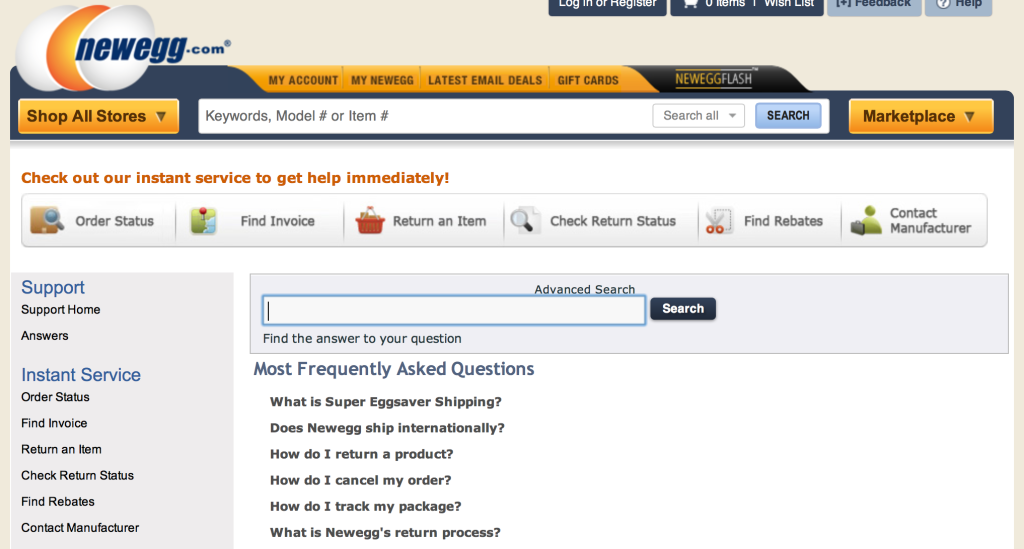
 Google’s quality guidelines change so rapidly that keeping up is hard to do. Matt Cutts and his spamfighters are at it every day to make sure consumers have quality search experiences. This whole setup is great for the buyers, but how is an ecommerce business owner supposed to know what to do if the classic approaches to SEO are no longer as effective?
Google’s quality guidelines change so rapidly that keeping up is hard to do. Matt Cutts and his spamfighters are at it every day to make sure consumers have quality search experiences. This whole setup is great for the buyers, but how is an ecommerce business owner supposed to know what to do if the classic approaches to SEO are no longer as effective?
Keep Doing What You’re Doing
I know, we just said none of the things you were doing work anymore, so why would you keep doing them? The problem isn’t that what you’re already doing doesn’t work; it’s that the technique or tactics that used to be the cure-all for SEO are no longer good enough to remain competitive by themselves. For instance, your blog is one of the most powerful tools you’ve got, especially when it comes to SEO. We’re not suggesting at all that your blog doesn’t work anymore—unless, of course, you’re cramming that blog with keywords without much regard for the quality of content. With just a few tweaks to your current SEO tactics, you can still get some mileage out of the things you’ve been doing.
On-Page SEO
Don’t Beat ‘Em; Join ‘Em
You can’t beat Google’s quality guidelines or search algorithms, so your best bet is to simply comply. To make the most of the Hummingbird search, make your website, blog, and articles as helpful as possible. We’ve already done a million articles on optimizing for Hummingbird, but the most important thing is simply to inform. Tricks won’t fly with Hummingbird, so you really have to work hard to make sure your website is in the business of answering questions.
Use Alt-Text
Any time you include an image, be sure you specify what that image is in the alt-text field. Here, keywords actually can help, as long as those keywords are relevant to what’s going on in the image. Alt-text is important for two reasons. Yes, it can help with SEO, but its main purpose is to let visitors know what images they’re missing if they have browsers set to text-only. If you label the images with keywords that don’t match what they would see, you’re misleading your buyers.
Add Social Feeds
Social media results will show up in Google searches, so why not make the most of that? Including your Facebook and Twitter feeds, adding a Pinterest now-trending board, and sharing Instagram photos on your site can help boost your on-page SEO more than you might think .
Include Reviews and Testimonials
Adding reviews to your website might sound like a dangerous prospect, but you can really take advantage of the SEO boost they give. When people want to learn more about a particular product or service, they’ll search for reviews. Why shouldn’t you let that search take them directly to your website instead of a third-party review site? If a few reviews are negative, you’ll receive even more credibility.
FAQ Page
What better way to answer your customers’ questions than with a Frequently Asked Questions page? Aside from searching for product reviews, the next thing buyers will seek out are answers to their burning questions about your products. Consider the many questions your buyers might ask, no matter how large or small, and add these answers to one particular page.
Off-Page SEO
Like we said, your usual methods for gaining off-page SEO can still work, as long as you’re discerning and careful. Guest blogging on authority sites can help drive traffic to your site, but simply scattering your blogs everywhere that will have you hurts in the long run. The same is true for article marketing. The usual suspects don’t carry as much weight as they once did. If, however, you can offer articles to reputable online publications, your articles can still help your off-page SEO and linking strategy.
Don’t count on only these to build off-page SEO for your ecommerce business, though. You have other options that you may not have considered.
Review Sites
Buyers love the chance to let their voices be heard. Various review sites like Facebook, Yelp, Angie’s List, Bing Local, Yahoo! Local, Citysearch, Google+, and Better Business Bureau welcome users to leave positive and negative thoughts about goods and services from all types of businesses. You can ask your buyers to leave reviews on these sites and benefit when anyone searches out more reviews for your company.
Social Sites
Social media sites do show up in search results, so be sure you use them to their full potential. Sharing your blogs, reviews, Q & A sessions, videos, new products, and staff bios on your social media opens up the chance for consumers to find your company during a Google search. Just be sure to fully describe each link you post and image you share. Otherwise, these won’t be found during searches.
Directories
As with article sites, directories can hurt your SEO if you’re not careful. Seek out directories attached to companies with great reputations. Make sure those directories are relevant to your products and services in some way. If you’re simply looking at attach links to as many websites as possible, this method won’t help. Buyers who find you in a directory that has nothing to do with your industry will lose trust.
Essentially, you can still do many of the things you’ve always done to boost your SEO, as long as these tactics can’t be considered spam or shortcuts. Quality is the only SEO method that will get you anywhere, so make sure the information you put out there—whether on your own page or on directories and other publications—is the best possible quality you can provide. With Google-approved methods, you can benefit from better SEO results.
By : Morgan Jacobson


